‘Madreterra’ (Mother Earth). A Lamp for Sardinia
VERSIONE ITALIANA DELL'ARTICOLO >>>
What brings Flavio Manzoni, Ferrari design director, at CIMA (Center for Italian Modern Art in New York) on May 1 ?
We find ourselves surrounded by a few selected architects, designers and journalists, in this important centre established in New York in 2013 – the result of the brilliant intuition of its director, Laura Mattioli– to promote the study of Italian modern and contemporary art.
In the air New York’s familiar vitality, around us the masterpieces of the Italian Futurism currently on display, and at the deep end of the room a massive Leucos lamp comes into view. It almost looks alive, like a giant looking down upon us, with its head at the top end of the elongated arm supporting the electrical wires.
The deep and heartfelt motivation that brought Flavio Manzoni to design the lamp with such care and attention to details, is also the reason behind his presence here. We talk about the lamp with him, seated underneath it, surrounded by the works of Depero, from 1920s, like : “Citta’ Meccanizzata dalle ombre” (City Mechanized by Shadows) and “Cavalcata Fantastica” (Fantastical Ride). Unique atmosphere.
“I came here to present the projectMadre Terra. New York is one of the stages of the initiative conceived to support the victims of the flood that hit Sardinia on November 18, 2013. I strongly wanted to give a substantial personal contribution to help rebuild one of the worst hit areas of Sardinia.”
Flavio Manzoni, born in Nuoro, italian pride, today the mind behind the design of the Ferrari masterpieces – he has also designed for Lancia, Volkswagen, SEAT – this time doesn’t want to talk about his cars. He wants to tell us about his wonderful native land, so gravely wounded. It’s because of Sardinia that he undertook a two day trip to New York bringing with himself only his daughter and a lamp.
How did the idea to raise funds by designing and auctioning a lamp come about?
“It comes from a previous job I did with Gabriele Cestra and Leucos. A charitable initiative to the benefit of the City of Hope, a clinic in Padova where, together with other designers, we personalized the lamps.
So I thought, instead of using canvas or any other means, I could use a lamp precisely for its symbolic value. Because it represents the light in itself, and not just hope. It’s something that inherently brings you to highlight and focus on something, to meditate and somehow also generate hope”.
The lamp is dense with details. Some parts are abstract, vaguely resembling fractures on a terrirory that could be imaginary but is actually real… but there are also figurative elements which for Manzoni have an important symbolic value.
“It describes, in a somehow elaborate way, some sort of stream of consciousness that started when this event happened. I haven’t lived in Sardinia for a very long time, since I was 18. I left it to follow a dream, to become architect and designer. But this tragic flood truly brought me back to my roots, almost fiercely.
So for a few days I let my thoughts flow. Considerations and memories emerged that later played a role in the composition of this work. The object is characterized by two levels, one that we could define abstract or a sort of cosmogram, each figure with its own meaning.
The second level is instead made of figurative and allegorical images evocative of my personal bond with my land. For example, there is an image that reminds me of my father, who passed away a short time before this disaster. I wanted him to be there. But there’s also my son, because when something like this happens you start thinking of how much our relationship with the Earth has radically changed compared to the past. This should make us think, more than anything else, of who will be coming after us.”
A new sense of life from something that was shattered. A positive piece of art…
“That’s exactly right. The lamp symbolizes light in every way, aslo for its colors and the signs which are mainly red. They almost seem like scracthes, like wounds representing the Earth violated by men, but at the same time symbolizing the human sacrifice, because this is what we are talking about. It has been a huge price to pay for Sardinia. At the base of the lamp you can find the reading key of the work, while the lamp cap itself can be considered the work of art in its entirety.”
Living away from your homeland, to then suddenly rediscover it because of a tragedy. Can you describe how does it feel?
“The feeling is that the lives that we lead, so frenetic, always overworked, is a life that takes you away from the intimate and symbiotic relationship with your land. Something happened to me that had also happened to Costantino Nivola. He is a great artist cited in the lamp because it’s named Madre Terra. It’s centered around the mediterranean motherly figure, which for us Sardinians symbolizes the earth. Nivola, the greatest sardinian artist of last century, is also very well known here as he worked in New York for many years. He, like me, had strenghtened the bond with his land of origin when he was away from it. Sometimes distance helps you recuperate that sense of belonging and reconciliate yourself with your roots.”
This lamp is in New York now, it has already been in many other places. What’s the itinerary?
“It first went to Cagliari, then to the Bologna Art Fair, the Milan Furniture Fair and is now here in New York. It’s about showing it around allowing it to be seen and known. It’ll go on auction at the end of July. There are only three handmade pieces, all unique even if the mold is the same. The funds raised will be used to rebuild the Maria Rocca school in Olbia, which is so badly damaged it cannot be reopened and therefore needs to be rebuilt from scratch. I really wanted to have a very concrete target”.
Inside the lamp there is an inscription. Can you tell us more about it?
“The inscription is a metaphor which summarizes the meaning of Grazia Deledda’s novel “Canne al Vento”. Grazia Deledda was a distinguished writer, she won the Nobel Prize in Literature and during the flow of thoughts I mentioned above some passages of this novel were coming to my mind. There is a character, a servant from a small farm, who worries about the approaching winter and the danger brought by rainfalls. ‘Canne al vento’ (Reeds in the wind) is a metaphor of the human fragility.
What I inscribed in the lamp is : “Reeds in the wind, reeds are the men, wind is the fate that bends them, crashes and curves them, so they can raise again stronger than before”. It’s a message of hope and will to rebuild and reflect on what happened”.
Hope for the young… what did your daughter tell you during this project?
“She observed the whole creative process, because I talked often about it. She is very affectioned and truly close to me, so she has a special interest in what I do. She also has her own relationship of geographic distance with Sardinia”.
It’s not easy to describe the gaze of this great designer as he talks about his daughter. To her, maybe without realizing it, he dedicates this lamp, hope for the future of the extraordinary place that Sardinia is.
---
More photos on Facebook >>>






























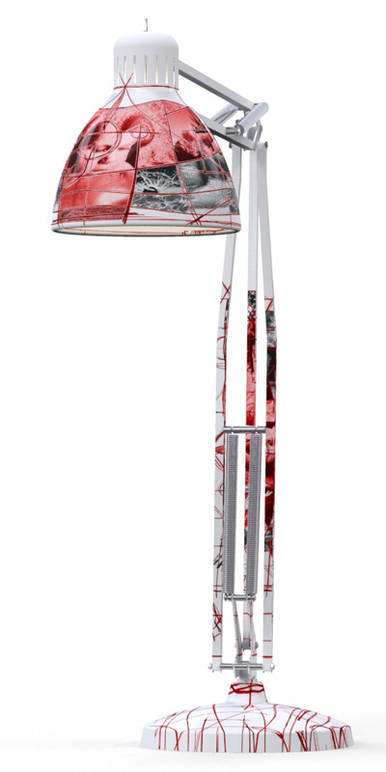
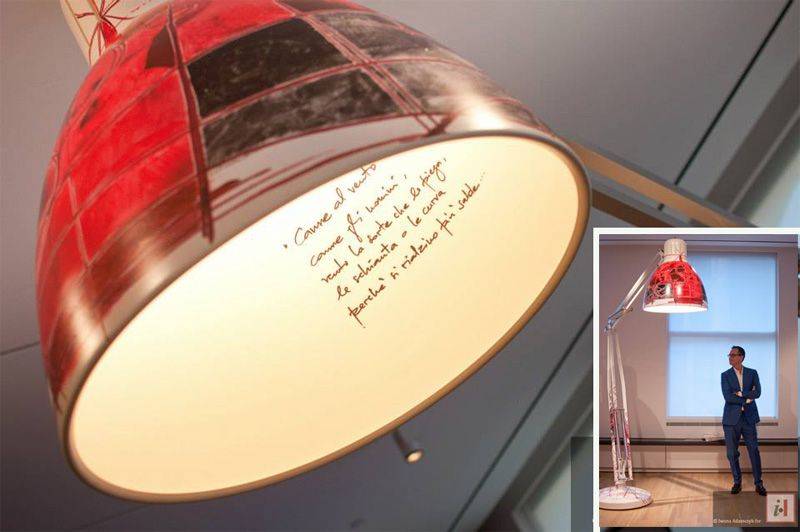
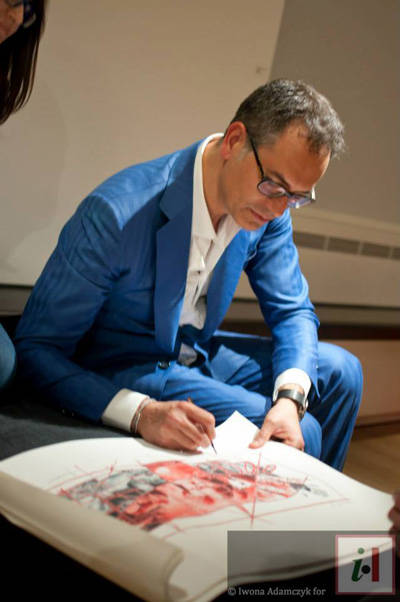
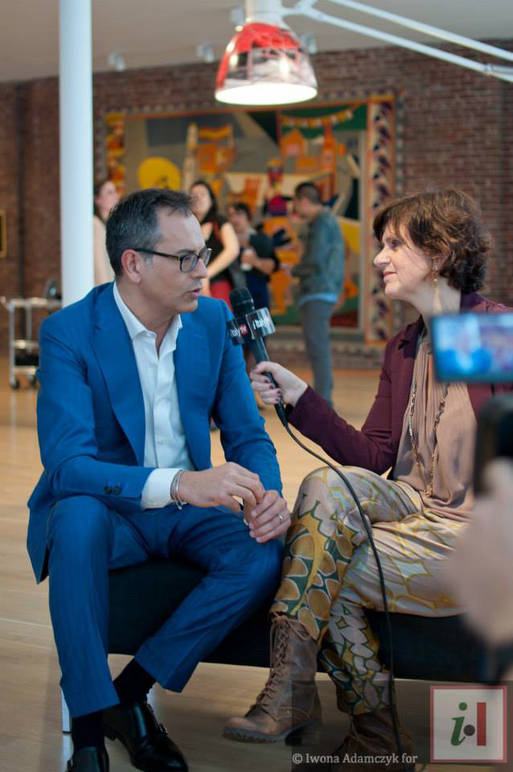
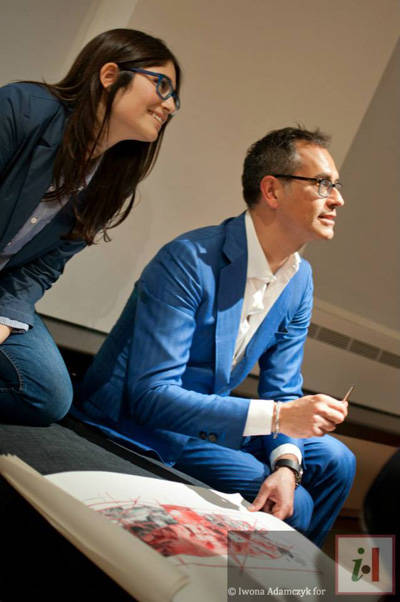
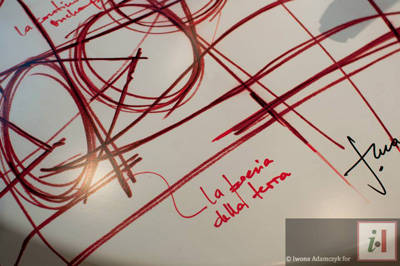

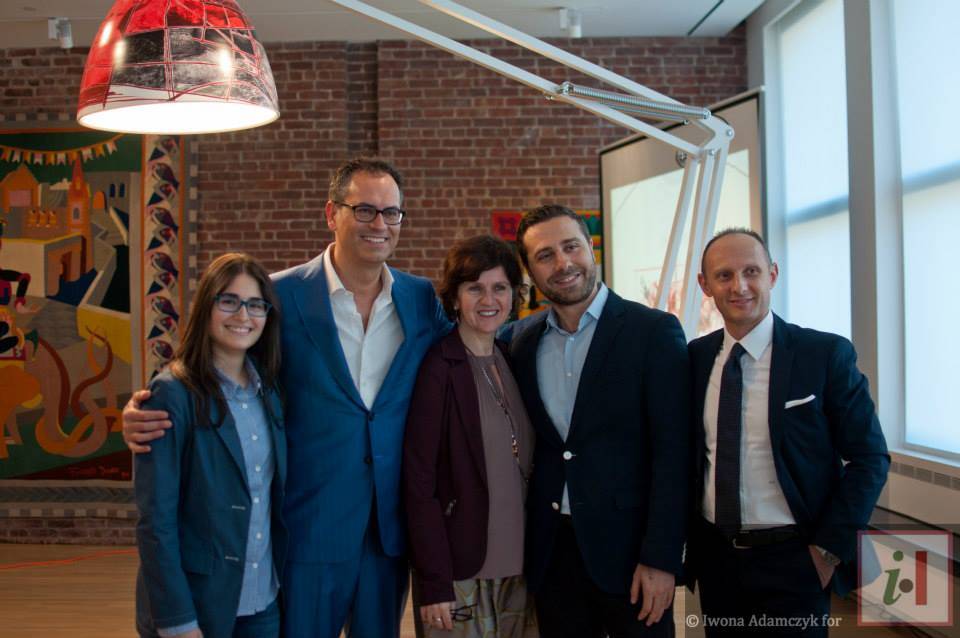
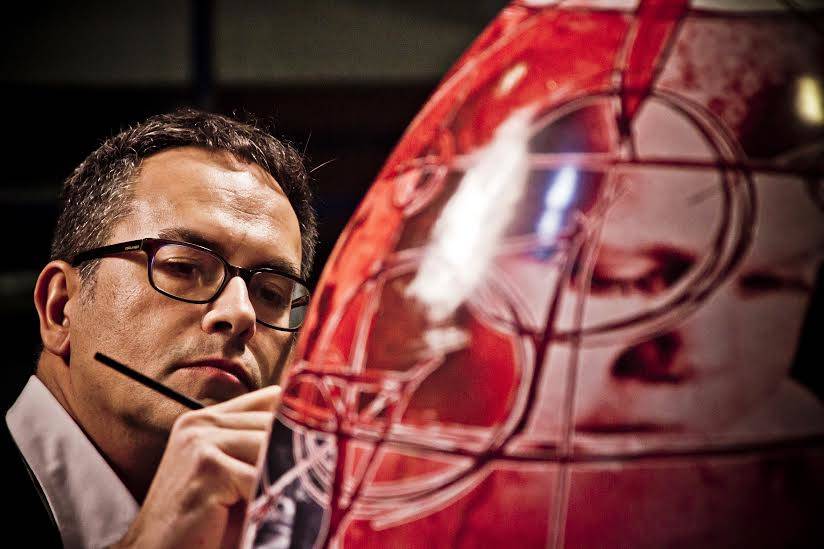



i-Italy
Facebook
Google+
This work may not be reproduced, in whole or in part, without prior written permission.
Questo lavoro non può essere riprodotto, in tutto o in parte, senza permesso scritto.